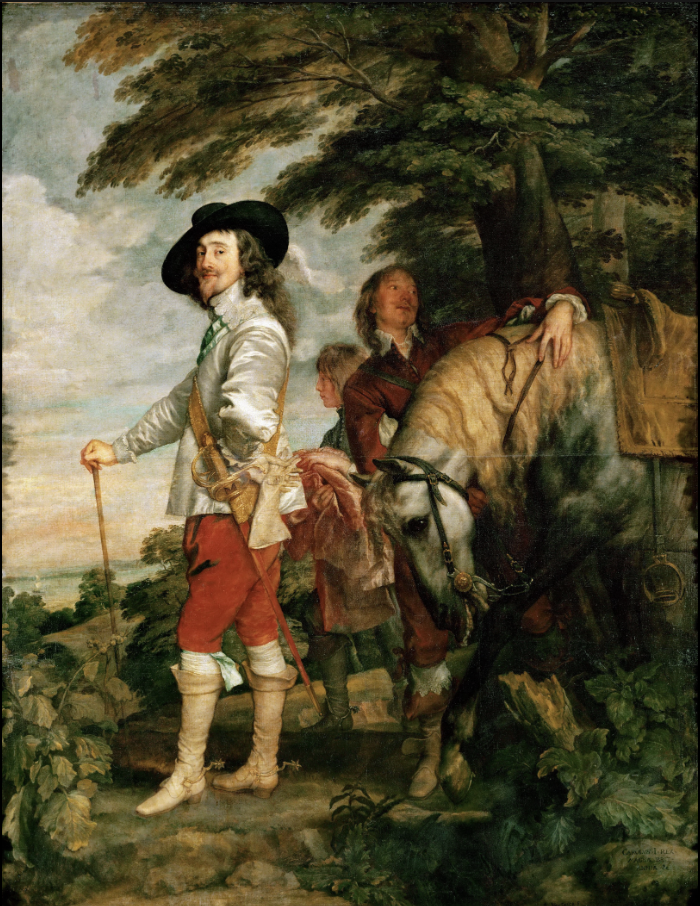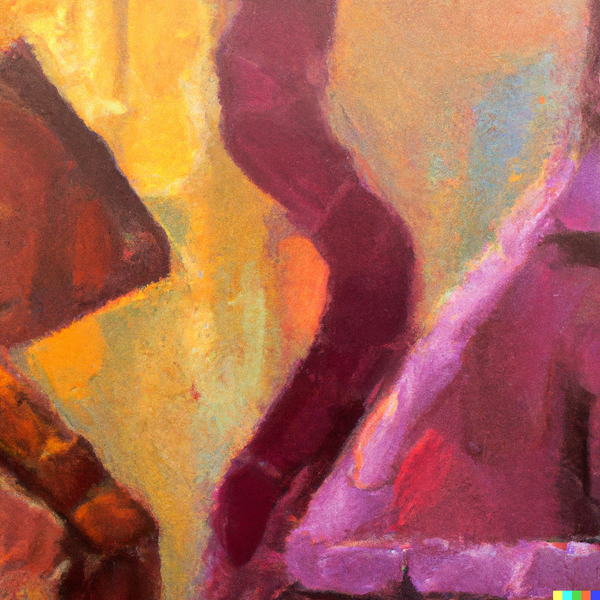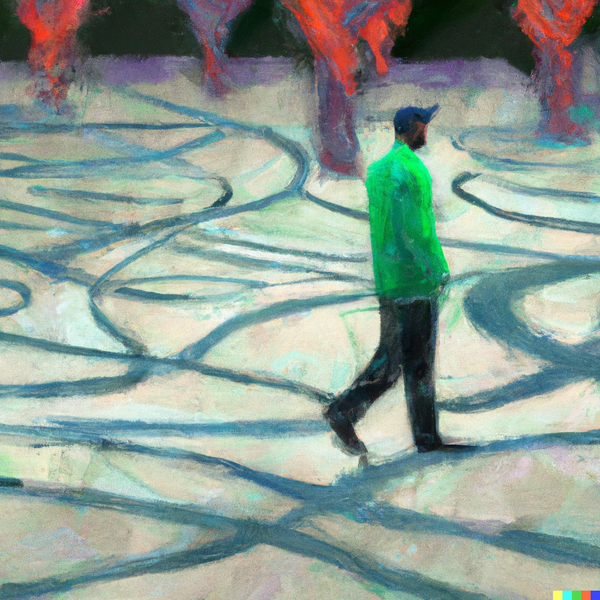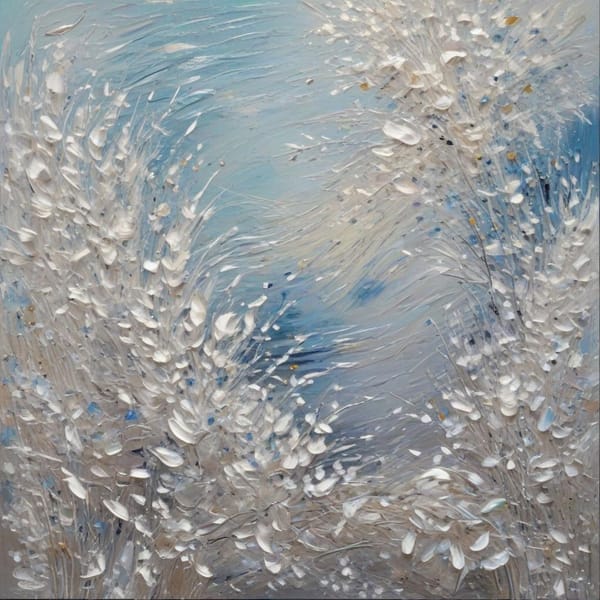king Charles I on the hunt

In 1635, Anthony Van Dyck (1599 - 1641) painted King Charles I (1600 - 1649) on a hunt in an archetypical baroque canvas oil painting. English portraiture was steadily adopting baroque from Catholic countries, like Italy and France, in the 1600s (Praz, 171). Van Dyck was a Flemish painter with an impressive portfolio from his work in the Netherlands and Italy. He was so polished that Charles promoted him to court painter and to knighthood as “principalle Paynter in ordinary of their majesties” (Hille, 2012). Van Dyck was brilliant at highlighting both intimacy and grandeur in Charles’ paintings. In Portrait of Charles I on the hunt, he uses colour, position, and texture to portray Charles as kingly and likeable in an attempt to alleviate ongoing struggles with Charles’ reputation. Those struggles arose from the incongruence between Charles’ self-view as a God-chosen ruler (Lawrence, 70) and the opinion of the people and parliament, which he dissolved thrice between 1625 and 1629 when he officially dismissed it to rule by himself (BBC). Charles went on to increase revenue unconstitutionally and to enforce a new prayer book (BBC), hence people did not like him as a leader (The personal rule of Charles I, 58). This essay discusses how Charles’ painting, which is displayed at the Louvre Museum in Paris today, depicts his use of portraiture to control his image, especially by differentiating himself from other monarchs. This compensatory approach was typical of royal portraiture at that time (Image Wars, 58), but it also contributed to Charles’ downfall, which ended in his execution.
This portrait stands at “three meters high by two meters wide” (Lawrence, 117). Despite the king’s small frame, he appears slightly taller because of his heeled boots, his angular black hat, and his forefront positioning in the portrait. Appearing taller adds strength and might to his character, thus insinuating good kingship. He seems confident yet friendly because of his stance and his relaxed facial expression. Nothing obstructs Charles and his eye level is above the viewers’, so observers are forced to look up to him in all his majesty, possibly imitating Van Dyck’s position as he painted. Charles is not central like other monarchs in royal portraits, rather it seems as if he’s emerging from the dense green foliage and into the light, perhaps symbolic of him standing out from among the other monarchs and stepping up as a divine ruler like he strongly believed (Lawrence, 1). This carried hopes of proving that he was capable of being a king without parliament (Gardiner, 13).
Charles’ attire is eye-catching and elegant yet simplistic. His shirt has a noticeable shiny texture unlike the other fabrics in the image. The white colour alludes to purity, the bright red of his trousers symbolizes royalty, and the gold on his sword and sash embodies great wealth and nobility. This golden tone matches the horse’s mane and saddle and the white of his shirt echoes the clouds in his background, implying that Charles is at home in nature and not just in the palace, thus portraying him as someone who enjoys non-regal activities too. This portrait does not contain any obvious symbols of royalty like the crown, sceptre, or any other expensive jewellery like Daniel Mytens’ (1590 - 1647) 1631 portrayal of Charles I or Hans Eworth's (1520 - 1589) Elizabeth I coronation portrait (1533 - 1603). Without royal symbols, Charles is further from the throne but closer to his people, i.e. he might have been concerned with appearing overly regal as that could have alienated him from the people. This tactic should have saved his poor reputation by also reminding them that he didn’t need royal decorum to be king because he believed in his divine rule. While this probably appealed to Charles, the people might have assumed that he wasn’t serious as the other royals, who played up their royalty and authority in their portraits.
This painting’s setting accentuates “paterfamilias, knighthood, and gentlemanliness” (Lawrence, 20) which were crucial in establishing Charles as a social and political leader. Hunting was considered a masculine activity, hence this promoted Charles as a dependable leader that people could trust in case of war (his sword is visible). Unlike other royal portraits set in political and strictly regal environments, like King James I (1566 - 1625) by Daniel Mytens (1590 - 1647), Charles emerges in an informal scenery, hoping for relatability and less opposition from the people. However, this depiction of him outside traditional attributes of royalty would have made people suspect that he was more concerned with his personal pleasures than with his kingship. This might also be why this painting is not considered an official royal portrait – it is because it appears to be a vanity painting rather than the painting of a king fulfilling his duties to his people.
Having other subjects in the painting cleverly served Charles’ self-image as a “man of the people” as opposed to traditional royal portraits with only the monarch as a human subject, e.g. Hans Holbein's (d. 1543) portrait of Henry VIII (1457 - 1509). Two servants are depicted, one holding Charles’ overcoat and the other taming the horse. Only half of the horse is included, and its head is bowed towards Charles, which points to the horse’s subordination to him. This re-emphasizes Charles’ kingship and dominance. The inclusion of the two subjects feeds into Charles’ self-narrative that he is an inclusive man who doesn’t mind sharing portrait space with his subjects. However, the facial expressions of the subjects tell a different story. The one tending the horse looks anxious and the one holding the coat looks stiff, which signals possible discomfort by being in the king’s presence. The fact that Charles has his back turned away from the two subjects is ironic, given that it could symbolize how his citizens were feeling about his rule.
Unsurprisingly, his rule came to an end due to the English civil wars (1642 - 1651). Instead of focusing on working with parliament and serving his people, he determined to make up for what he lacked in reality through his portraits. Yet, despite his efforts to be limned in a likeable light, his overcompensation worked against his favour. While he was intent on appearing as the man of the people, more people were growing rebellious to his rule. While he came across as strong in his paintings and did “manly” things such as hunting, he was not as capable of defending himself as he thought. And while he felt secure about his absolute power as the divine ruler of Britain, he was not. In fact, his rule ended tragically with his execution on the 30th of January 1649. Therefore, even though this painting may have appealed to him and convinced him that he would eventually assert his dominance as the king, it is safe to say that not even Van Dyck’s skill could save King Charles I’s reputation.
Works Cited
Gardiner, Samuel Rawson. History of England from the Accession of James I. to the Outbreak of the Civil War 1603-1642. Vol. 10. Longmans, Green, and Company, 1884.
Hille, Christiane. "England's Apelles and the sprezzatura of Kingship: Anthony van Dyck's Charles I in the Hunting-Field Reconsidered." Artibus et historiae 65 (2012): 151.
“History - Charles I (1600 - 1649)”. BBC, 2014. King Charles I
Lawrence, Clinton Martin Norman. Charles I and Anthony van Dyck portraiture: images of authority and masculinity. Diss. Lethbridge, Alta.: University of Lethbridge, Dept. of History, c2013, 2013.
Millar, Oliver. "Charles I, Honthorst, and Van Dyck." The Burlington Magazine 96.611 (1954): 36-42.
Praz, Mario. "Baroque in England." Modern Philology 61.3 (1964): 169-179.
Sharpe, Kevin. The personal rule of Charles I. Yale University Press, 1996.
Sharpe, Kevin. Image Wars. Yale University Press, 2010.





